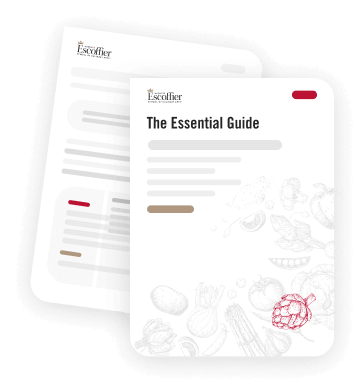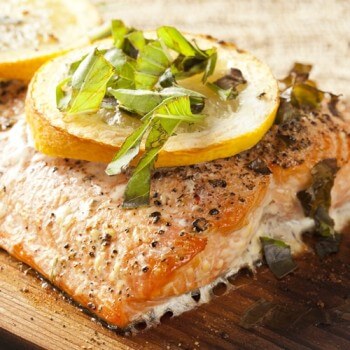Re-think The Way You Cook Salmon

When it comes to seafood, salmon is always a top choice for its endless health benefits and delicious taste. Eating just two servings of this fatty fish per week could actually reduce your risk of heart disease by about 17 percent, according to Reader’s Digest. The omega-3 fatty acids found in salmon may also contribute to a boost in your mood and can even help prevent macular degeneration. But the benefits don’t end there. Vitamins A and D, which are found in salmon, help protect your nervous system from the effects of aging.
Many people just throw salmon on the grill and call it a day. But there are so many different ways to cook salmon that can produce a variety of unique flavors. Culinary courses online can help you perfect each method of cooking, but here are a few to get you started:
Smoked salmon
Smoked salmon can either be hot- or cold-smoked. Cold smoking salmon is the most traditional preparation method, which involves curing it for about 24 hours and smoking it without heat. This type of fish is often sliced very thinly and served with cream cheese on bread or a bagel. Hot-smoked salmon, on the other hand, requires about two hours of curing and is cooked during the smoking process. The end result is a creamy consistency.
The type of wood that you select for the smoking process will have a large impact on the overall flavor of the fish. Oak, hickory and apple are three common woods that produce a delicious flavor, but it really depends on the preferences of the cook. Just make sure to steer clear of soft woods like elm, spruce or pine – these don’t hold up well in a smoker.
Plank-grilled
Grilling your salmon filet on a plank gives your fish a unique smoky flavor. The fish picks up the heat of the grill and the woodsy flavors from the plank to create a fish that is packed with plenty of savory taste. You’ll have to soak the planks about one or two hours before you grill the salmon. The planks are traditionally soaked in wine, sake, cider or water, depending on what flavor you’re after.
Barbecued
Combine your love for fish and barbecue by slathering on a sweet and spicy glaze. Pair it with a crunchy slaw and you have yourself a delicious meal perfect for spring or summer. Use traditional barbecue sauce as your glaze or make your own, like a maple mustard dressing by combining maple syrup, mustard, cider vinegar, thyme, salt and pepper.


